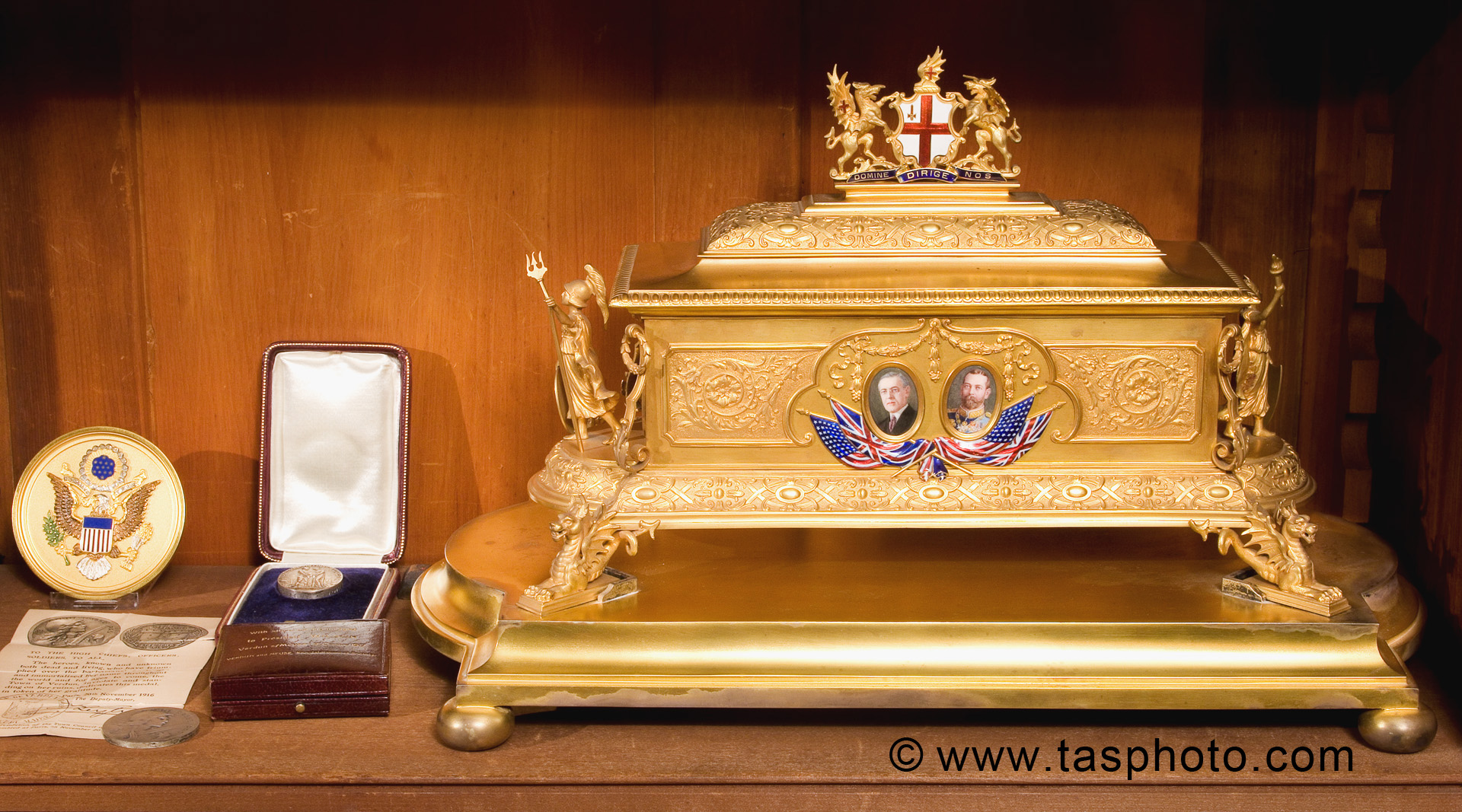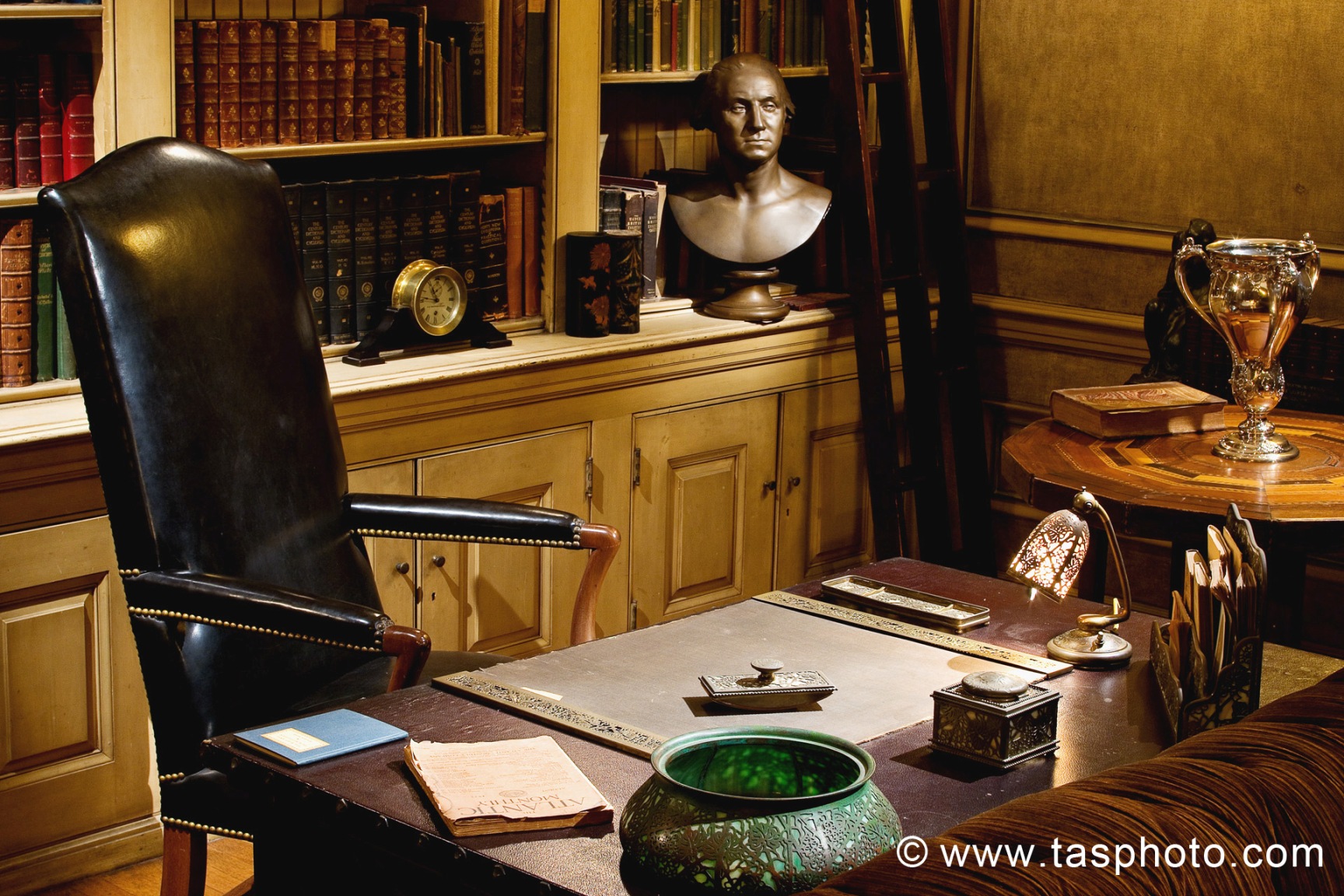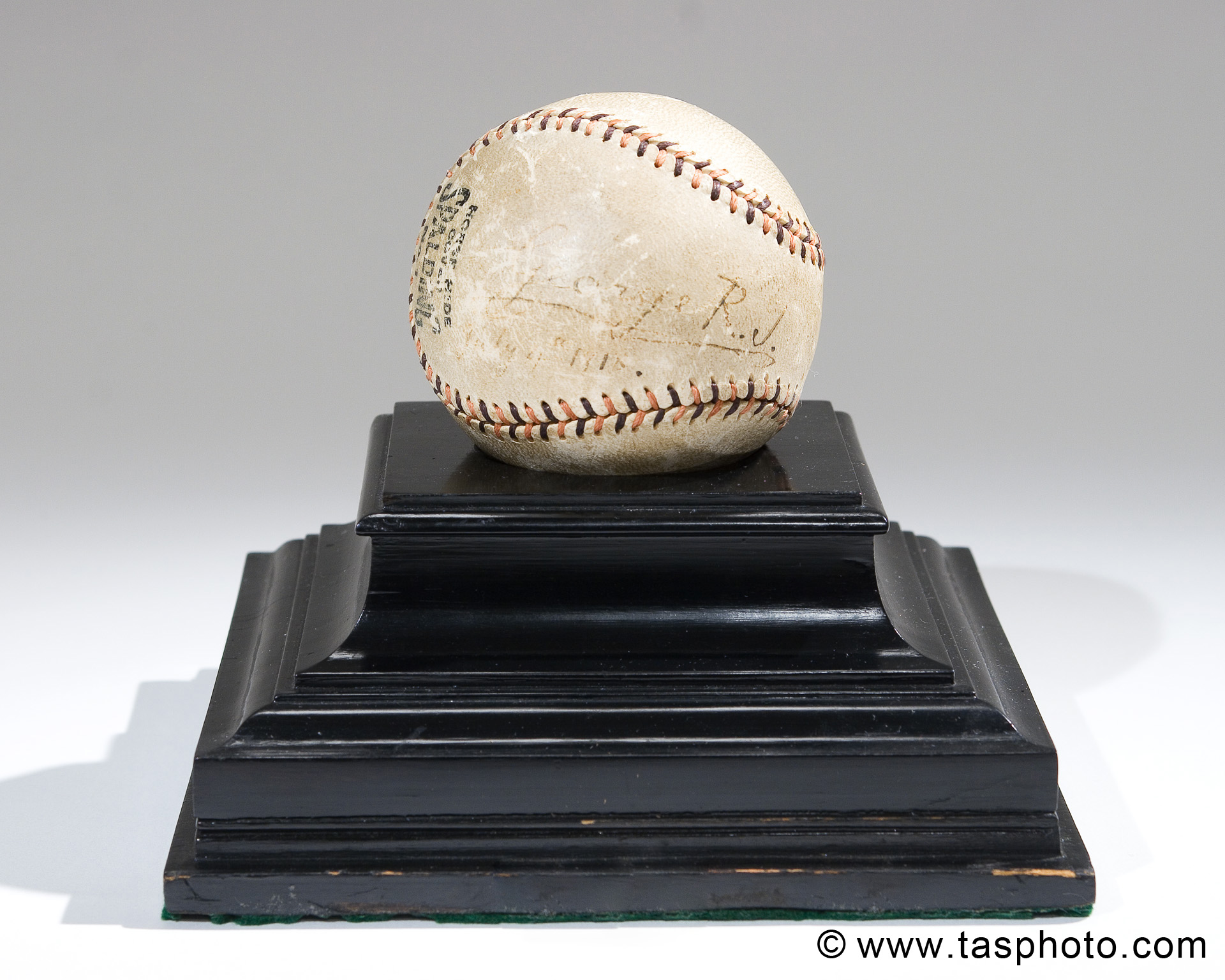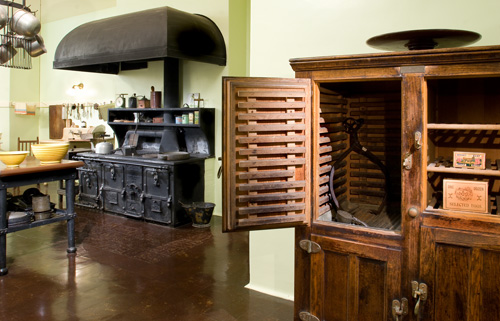 |
| W. & J. Sloane advertisement, Washington Post, December 10, 1917. |
The magnificent and recently restored Liberty Rug
continues to “take the floor” in the home of President Woodrow Wilson where it
is on display in the President’s library. This historically significant carpet was inspired by the initial
floodlighting ceremony at the Statue of Liberty on December 2, 1916 at which
President Woodrow Wilson officiated. This carpet, woven in Amsterdam, New York, was presented to
President Woodrow Wilson on January 26, 1918 by W & J Sloane, the agents
for the design.
The rug incorporates many
images that represent America’s heritage and patriotism. The image of the Statue of Liberty occupies
the center. Surrounding her are prints
of Niagara Falls, the Mayflower, the Liberty Bell, Independence Hall, the
Washington Monument, the Capitol, a Prairie Schooner, and Native American tepees. Aviatrix Ruth Law is depicted
flying over the Statue of Liberty in a biplane during the statue’s
floodlighting ceremony. Also represented
is a ship passing through the Panama Canal, opened during the Wilson
administration and a Model T Ford driving through a California Redwood tree.
An ornate border surrounds the central images with more
illustrations including many state seals. New England is represented by Massachusetts, Rhode Island, and
Connecticut; the Middle Atlantic States by New Jersey, New York and
Pennsylvania; the Middle West by Michigan, Wisconsin, Indiana, Illinois, and
Ohio; the South by Maryland, South Carolina, Arkansas, Louisiana, and Texas;
and the West by Oregon and Colorado.
 |
| The Liberty Rug. The Woodrow Wilson House, Washington, DC. |
Illustrations of great American industrialization are also
represented in the border. The Coal
Mines of Pennsylvania, the great Steel mills of Pittsburgh, the Oil Wells of
Oklahoma, and the Mississippi Steamboat. Agriculture and historic sites are represented as well. A Harvesting Scene from the West, the Mammoth
Trees of California, Bales of Cotton on the great wharves of New Orleans,
George Washington’s famous Mount Vernon mansion along the Potomac, and
Lincoln’s Log Cabin. All these symbols
of national significance are interwoven with wreaths of oak leaves and acorns,
Indian maize, and golden rod (the national flower).
This 9-foot by 12-foot Karnak Wilton carpet occupied
Wilson’s bedroom in the White House before moving to his private home on S
Street in Washington, D.C. Rear Admiral
Cary Grayson who wrote Woodrow Wilson’s biography recounts a story regarding Wilson’s
sense of humor during his time of illness.
Once after he had been able to leave his bed and walk
with assistance of his cane, he was crossing a rug with a number of figures
woven into it, the Washington Monument, the Capitol and Niagara Falls. As the
President crossed the rug, he turned to me and said: “Doctor, that is not a bad stunt for a lame fellow, to walk over Niagara
Falls this morning.”
With all its historical elements, the Liberty Rug
represents an appreciation of the past and the drive to move forward. Many of the rug’s motifs address progress
from across the nation. It is no wonder
that this rug found a home with President Wilson, a leader and advocate of the
Progressive Movement himself.
- Rebecca McGovern






No comments :
Post a Comment